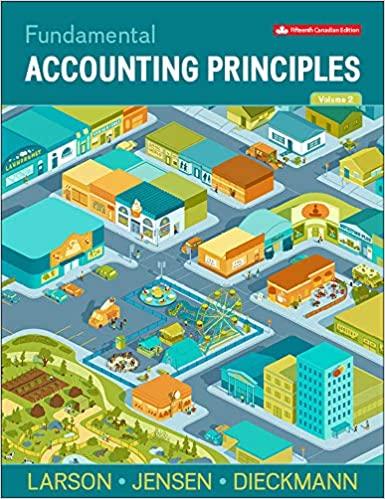Answered step by step
Verified Expert Solution
Question
1 Approved Answer
World Gourmet Coffee Company ( WGCC ) is a distributor and processor of different blends of coffee. The company buys coffee beans from around the
World Gourmet Coffee Company WGCC is a distributor and processor of different blends of coffee. The company buys coffee beans from around the world and roasts, blends, and packages them for resale. WGCC currently has different coffees that it offers to gourmet shops in onepound bags. The major cost is raw materials; however, there is a substantial amount of manufacturing overhead in the predominantly automated roasting and packing process. The company uses relatively little direct labor. Some of the coffees are very popular and sell in large volumes, while a few of the newer blends have very low volumes. WGCC prices its coffee at full product cost, including allocated overhead, plus a markup of percent. If prices for certain coffees are significantly higher than market, adjustments are made. The company competes primarily on the quality of its products, but customers are priceconscious as well. Data for the budget include manufacturing overhead of which has been allocated on the basis of each product's directlabor cost. The budgeted directlabor cost for totals Based on the sales budget and rawmaterial budget, purchases and use of raw materials mostly coffee beans will total The expected prime costs for onepound bags of two of the company's products are as follows: WGCCs controller believes the traditional productcosting system may be providing misleading cost information. She has developed an analysis of the budgeted manufacturingoverhead costs shown in the following chart. Data regarding the production of Kona and Malaysian coffee are shown in the following table. There will be no rawmaterial inventory for either of these coffees at the beginning of the year. Complete this question by entering your answers in the tabs below. Develop a new product cost, using an activitybased costing approach, for one pound of Kona coffee and one pound of Malaysian coffee. Round your intermediate calculations and final answers to decimal places.
Step by Step Solution
There are 3 Steps involved in it
Step: 1

Get Instant Access to Expert-Tailored Solutions
See step-by-step solutions with expert insights and AI powered tools for academic success
Step: 2

Step: 3

Ace Your Homework with AI
Get the answers you need in no time with our AI-driven, step-by-step assistance
Get Started


